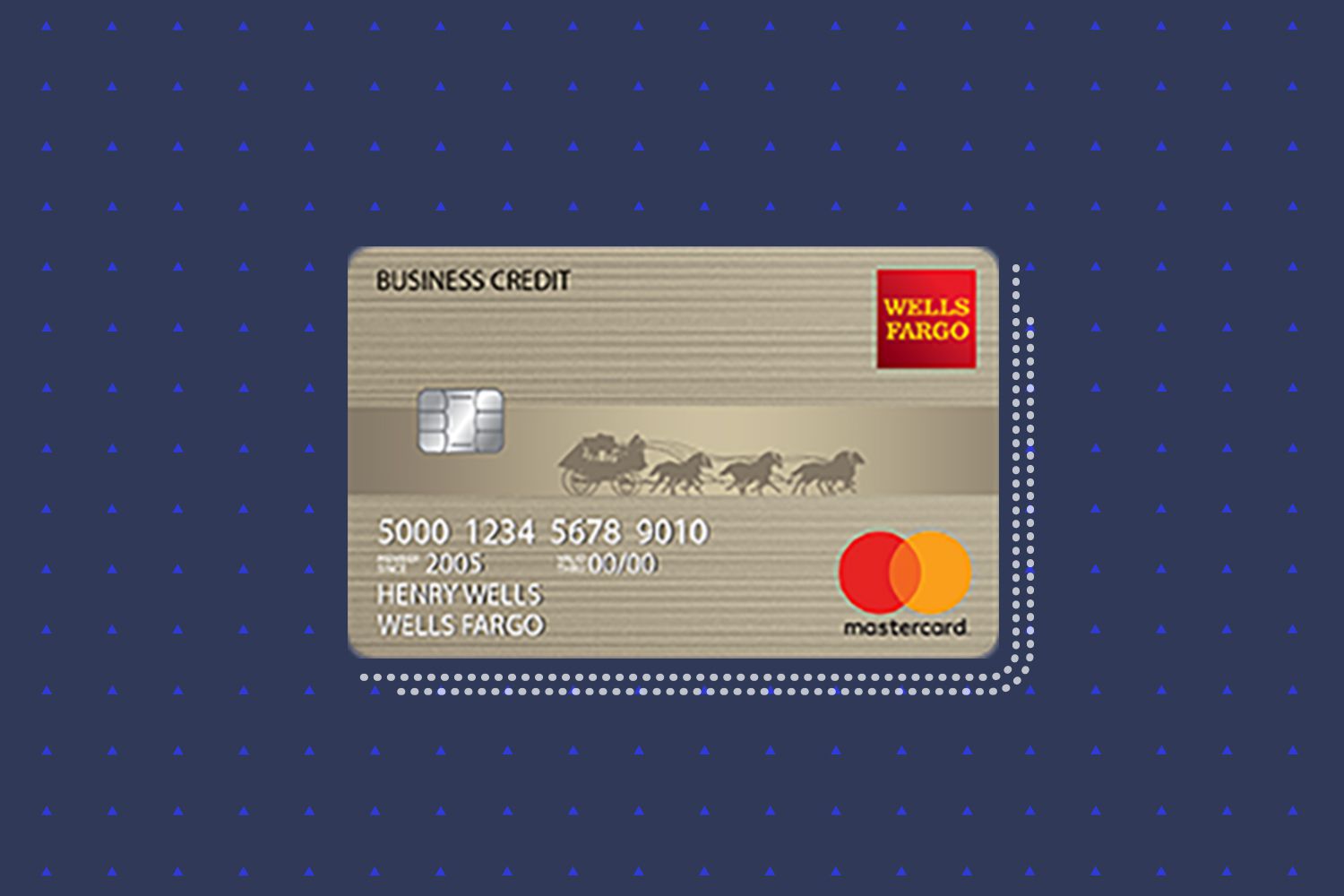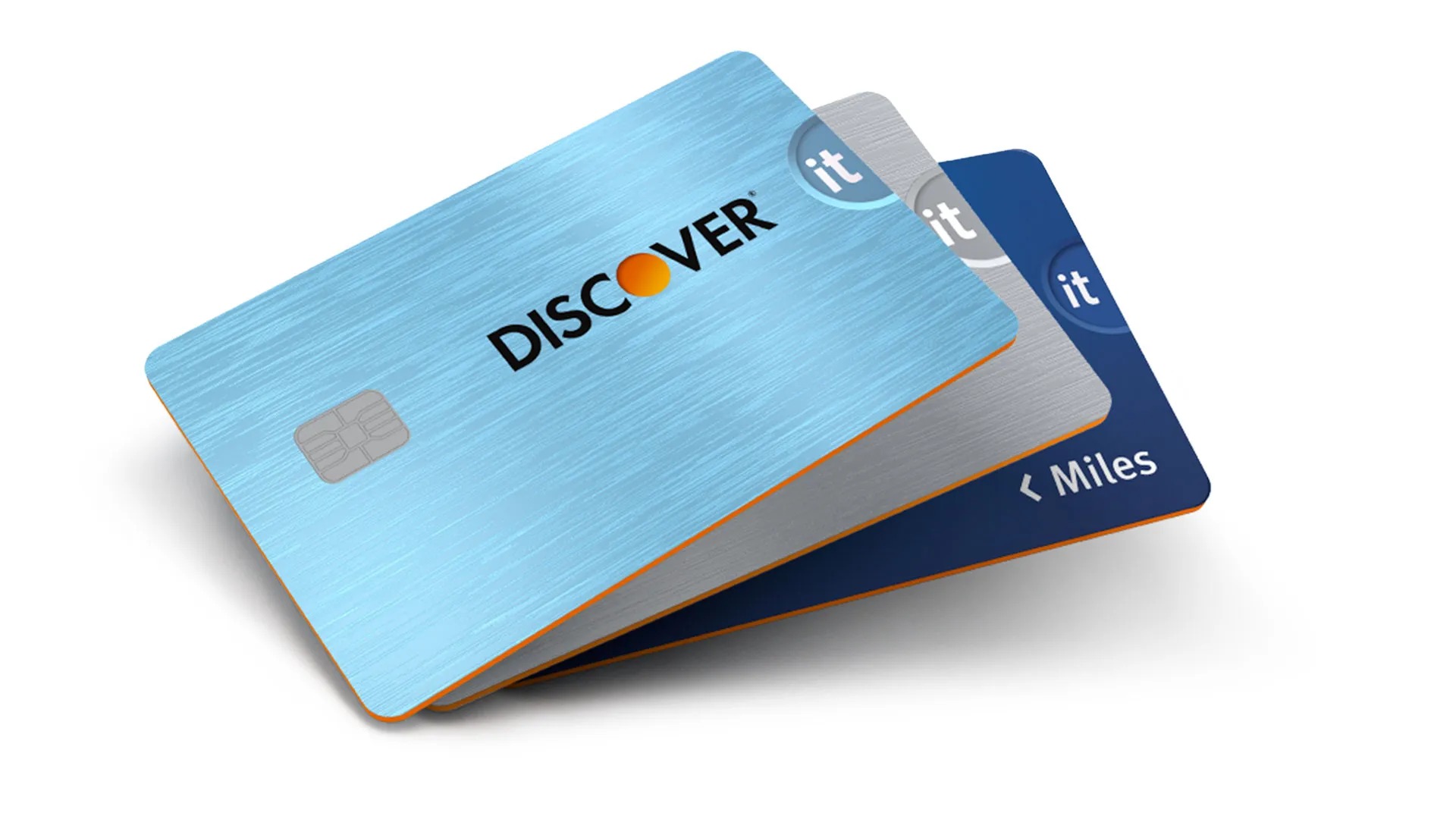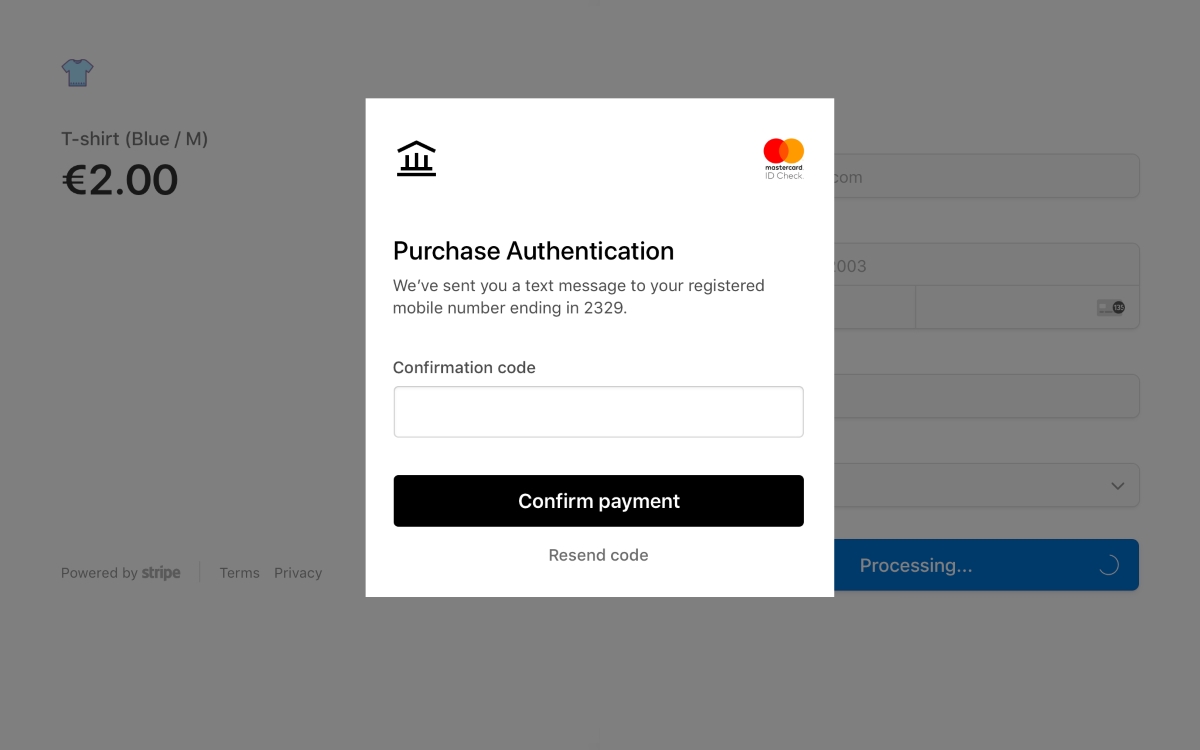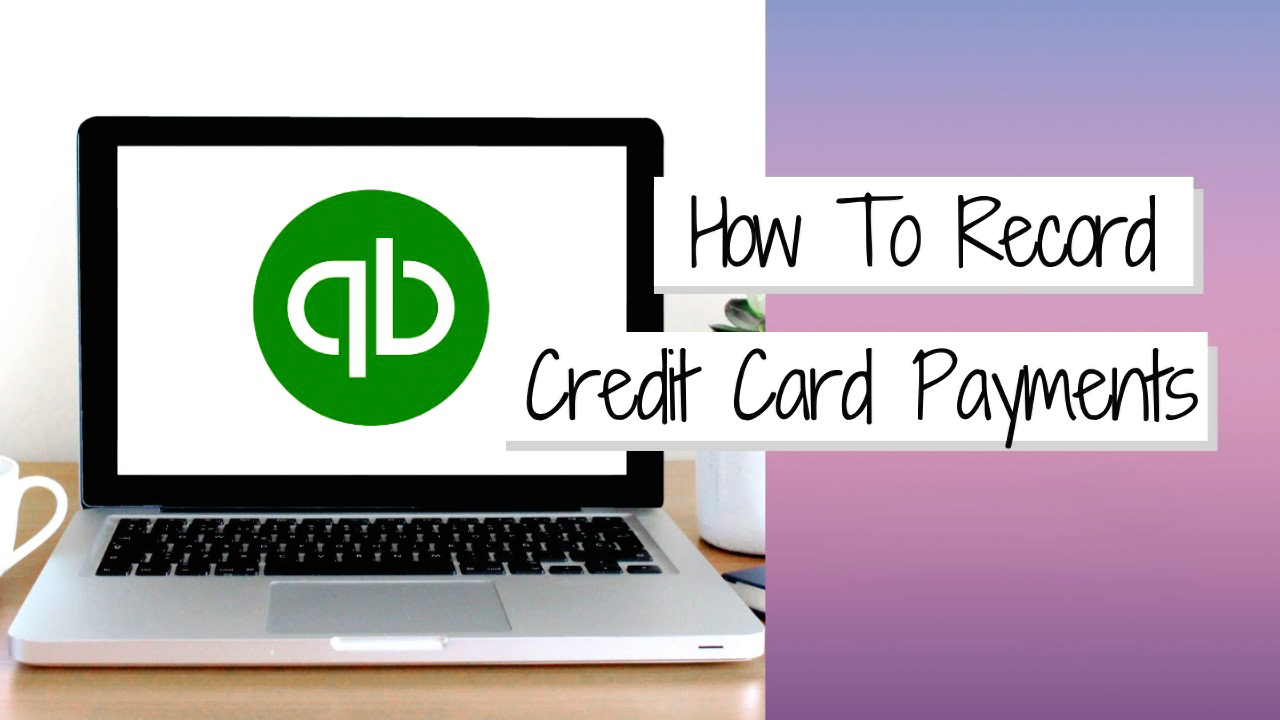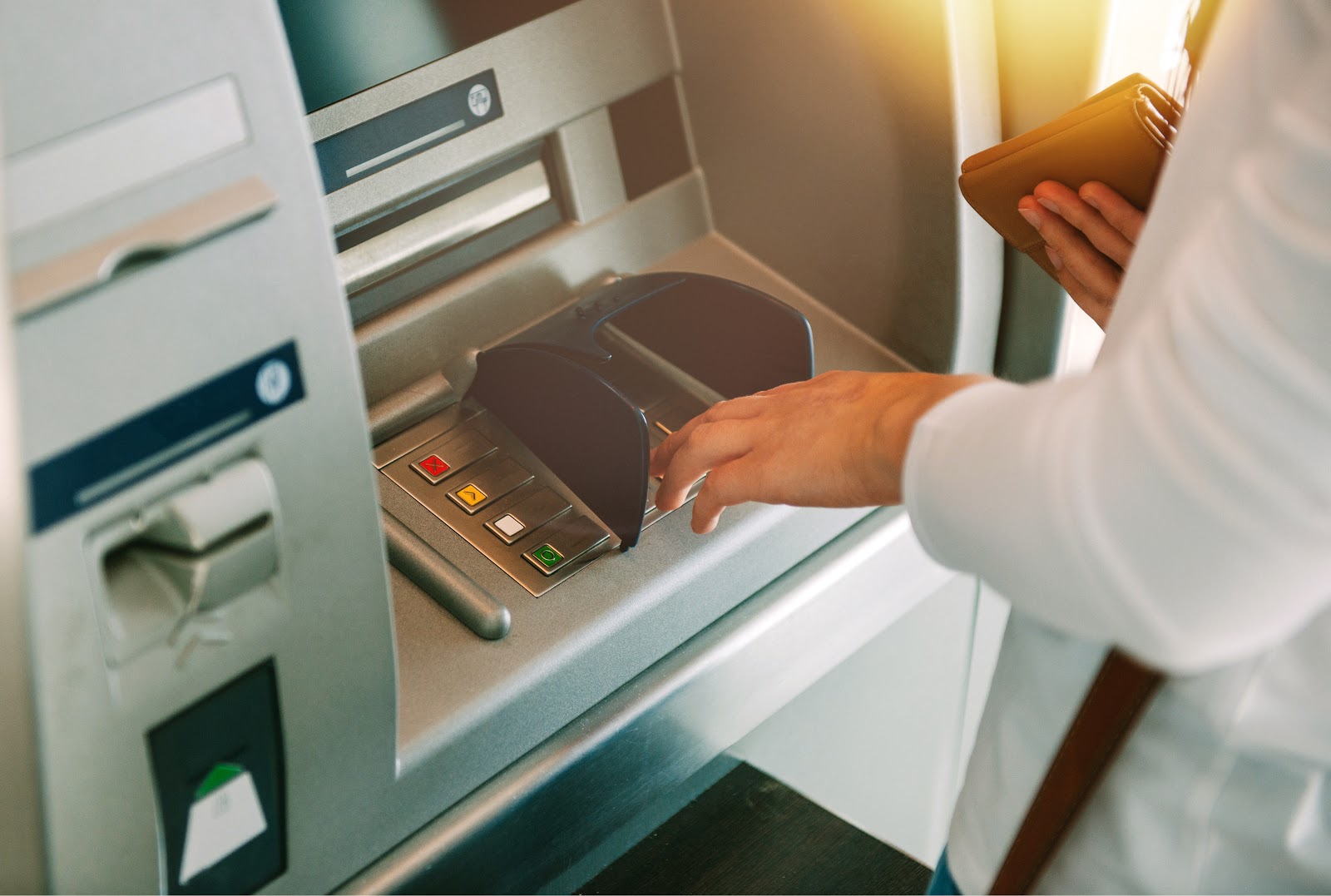

Finance
What Do I Need To Obtain A Secured Card?
Published: March 1, 2024
Learn what you need to obtain a secured card and take control of your finances. Find out the requirements and steps to get started.
(Many of the links in this article redirect to a specific reviewed product. Your purchase of these products through affiliate links helps to generate commission for LiveWell, at no extra cost. Learn more)
Table of Contents
Introduction
Secured credit cards can be valuable financial tools for individuals who are looking to build or rebuild their credit. These cards function similarly to traditional credit cards but require a security deposit, which serves as collateral and determines the card’s credit limit. This deposit reduces the risk for the card issuer, making secured cards accessible to individuals with limited or damaged credit history.
Understanding the requirements for obtaining a secured card and the application process is crucial for those considering this option. By using a secured card responsibly, individuals can improve their creditworthiness and pave the way for accessing better financial opportunities in the future.
In this comprehensive guide, we will delve into the essential aspects of secured credit cards, including the necessary requirements for obtaining one and the steps involved in the application process. Additionally, we will explore how to use a secured card responsibly to maximize its benefits while minimizing potential drawbacks. By the end of this article, readers will have a clear understanding of what is needed to obtain a secured card and how to leverage it effectively to achieve their financial goals.
Understanding Secured Cards
Secured credit cards are designed to provide a pathway to credit for individuals who may have limited or damaged credit history. Unlike traditional unsecured credit cards, secured cards require the cardholder to make a security deposit, typically equal to the desired credit limit. This deposit serves as collateral and mitigates the risk for the card issuer, making it possible for individuals with less-than-ideal credit profiles to access credit.
When using a secured card, the cardholder essentially borrows against the security deposit to make purchases, just like with a traditional credit card. The cardholder is then required to make regular payments, and the card issuer reports the payment activity to the major credit bureaus. This reporting helps individuals build or rebuild their credit history, as long as they use the card responsibly and make timely payments.
It’s important to note that secured cards often come with higher interest rates and fees compared to traditional credit cards. However, for individuals who are unable to qualify for an unsecured card due to limited or damaged credit, the benefits of using a secured card to establish or improve their credit far outweigh the associated costs.
Understanding the terms and conditions of a secured card is crucial before applying for one. By carefully reviewing the fees, interest rates, and reporting practices of the card issuer, individuals can make informed decisions and select a secured card that aligns with their financial goals and capabilities.
Requirements for Obtaining a Secured Card
Obtaining a secured credit card involves meeting specific requirements set by the card issuer. While these requirements may vary slightly among different issuers, there are common criteria that individuals must fulfill to qualify for a secured card.
- Security Deposit: One of the primary requirements for obtaining a secured card is making a security deposit. This deposit typically determines the credit limit of the card and serves as collateral for the card issuer. The amount of the security deposit varies by issuer but is usually in the range of $200 to $500. Cardholders should ensure that they have the necessary funds to cover the security deposit before applying for a secured card.
- Income Verification: Card issuers may require applicants to provide proof of income to ensure that they have the means to make monthly payments. This can be in the form of pay stubs, tax returns, or bank statements. While there may not be a specific income threshold, demonstrating a stable income can strengthen the application.
- Legal Age and Residency: Applicants must be of legal age, which is typically 18 years old, to apply for a secured card. Additionally, they must be legal residents of the country where they are applying for the card. Proof of residency may be required during the application process.
- Ability to Pay Fees: Secured cards often come with fees, including annual fees and potentially other charges. Applicants should be prepared to pay these fees, which can impact the initial cost of obtaining and using the card.
- Consent to Credit Check: While secured cards are accessible to individuals with limited or poor credit history, card issuers may still conduct a credit check as part of the application process. This check helps the issuer assess the applicant’s creditworthiness and determine the initial deposit and credit limit.
By understanding and fulfilling these requirements, individuals can position themselves for a successful application and increase their chances of being approved for a secured credit card. It’s essential to review the specific requirements of different card issuers and choose a secured card that aligns with one’s financial situation and goals.
How to Apply for a Secured Card
Applying for a secured credit card involves several steps, and understanding the process is essential for individuals seeking to establish or rebuild their credit. The following steps outline the typical application process for obtaining a secured card:
- Research and Compare: Before applying for a secured card, it’s important to research and compare offerings from different card issuers. Consider factors such as the required security deposit, annual fees, interest rates, and reporting practices to the credit bureaus. This comparison ensures that applicants select a secured card that best aligns with their financial needs and capabilities.
- Prepare the Security Deposit: As the cornerstone of a secured card, the security deposit must be prepared before applying. The deposit amount typically determines the initial credit limit, so applicants should ensure they have the necessary funds available to make the deposit.
- Complete the Application: Once a suitable secured card has been identified, applicants can complete the application process. This often involves providing personal information, such as name, address, social security number, and employment details. Additionally, applicants may need to consent to a credit check as part of the application.
- Submit the Security Deposit: After the application is approved, applicants are required to submit the security deposit to the card issuer. This deposit is held as collateral and determines the credit limit of the secured card. Once the deposit is received, the card is typically issued and sent to the cardholder.
- Activate and Use the Card Responsibly: Upon receiving the secured card, it’s crucial to activate it and use it responsibly. This involves making regular purchases and ensuring that monthly payments are made on time. By using the card responsibly and maintaining a low credit utilization ratio, individuals can positively impact their credit score over time.
By following these steps and understanding the nuances of the application process, individuals can successfully obtain a secured credit card and embark on a journey toward building or rebuilding their credit history. It’s important to approach the application process with careful consideration and to use the secured card responsibly to maximize its benefits.
Using a Secured Card Responsibly
Using a secured credit card responsibly is essential for maximizing its benefits and building a positive credit history. By following prudent financial practices, cardholders can leverage their secured card to improve their creditworthiness and potentially qualify for unsecured credit cards and loans in the future. The following strategies can help individuals use a secured card responsibly:
- Make Timely Payments: Paying the secured card balance on time each month is crucial for building a positive credit history. Timely payments demonstrate financial responsibility and contribute to an improved credit score over time.
- Maintain a Low Credit Utilization Ratio: Keeping the balance on the secured card low in relation to the credit limit is important. A low credit utilization ratio signals to creditors that the cardholder is not overly reliant on credit, which can positively impact credit scores.
- Avoid Carrying a High Balance: Carrying a high balance on the secured card can lead to increased interest charges and may negatively impact credit utilization. Cardholders should strive to pay off the balance in full each month to avoid accruing interest and to maintain a healthy credit profile.
- Monitor Credit Report and Score: Regularly monitoring the credit report and score is essential for tracking progress and identifying any inaccuracies. By staying informed about their credit standing, individuals can address any issues promptly and ensure that their credit report reflects their responsible credit usage.
- Upgrade to an Unsecured Card: As the credit score improves, individuals may become eligible for unsecured credit cards. Cardholders should consider contacting their secured card issuer to inquire about the possibility of transitioning to an unsecured card, which often comes with more favorable terms and benefits.
By adhering to these practices and using the secured card judiciously, individuals can lay a solid foundation for their financial future. It’s important to view the secured card as a stepping stone toward improved credit and to approach its use with discipline and foresight. Over time, responsible use of a secured card can open doors to broader financial opportunities and empower individuals to achieve their long-term financial goals.
Conclusion
Secured credit cards offer a viable means for individuals to establish or rebuild their credit. By requiring a security deposit, these cards provide a pathway to credit for those with limited or damaged credit history. Understanding the requirements for obtaining a secured card is crucial, as it allows individuals to prepare for the application process and increase their chances of approval. Additionally, using a secured card responsibly can yield positive impacts on one’s creditworthiness and financial future.
As individuals navigate the process of obtaining and using a secured card, it’s important to approach the journey with a sense of purpose and responsibility. By making timely payments, maintaining a low credit utilization ratio, and monitoring their credit standing, cardholders can gradually improve their credit scores and pave the way for accessing more favorable financial products in the future. Furthermore, the potential to transition from a secured card to an unsecured card underscores the value of using a secured card as a stepping stone toward financial progress.
Ultimately, the journey with a secured credit card is a testament to the power of financial discipline and strategic credit management. By leveraging the opportunities presented by a secured card and using it as a tool for positive credit building, individuals can set themselves on a path toward enhanced financial stability and expanded financial possibilities. Through informed decision-making and prudent financial practices, individuals can harness the potential of a secured card to achieve their long-term financial goals and aspirations.

